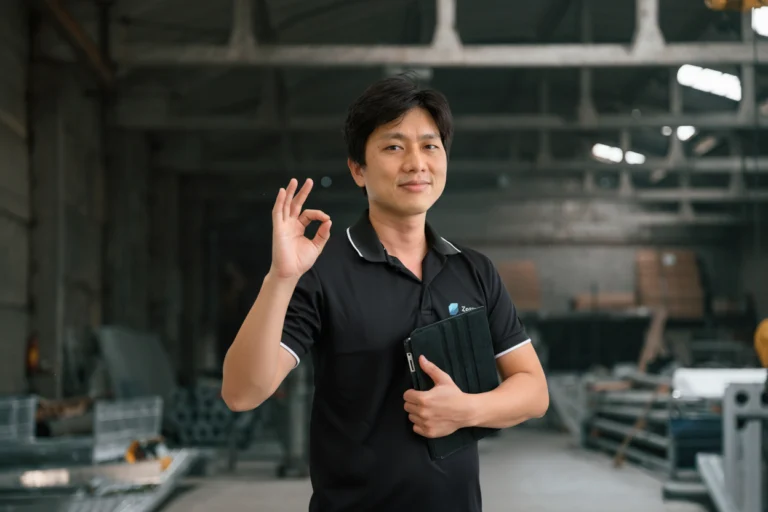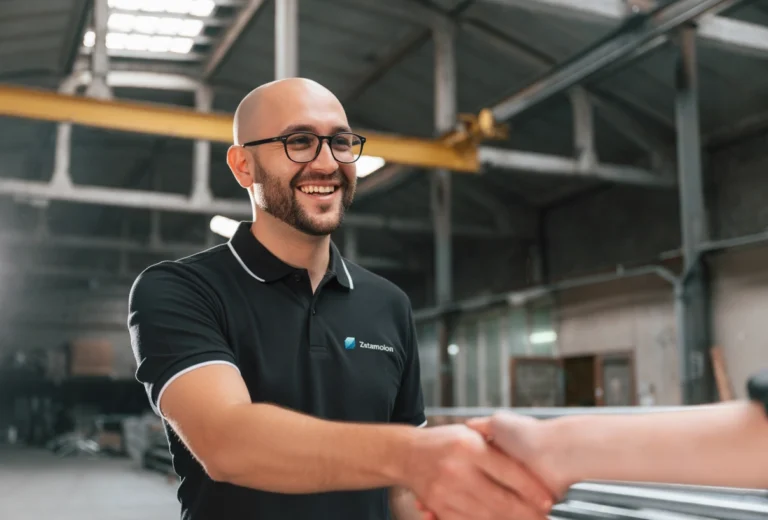In high-stakes industries such as aerospace, automotive, and electronics, the cost of a single undetected defect can ripple across the supply chain. Traditional inspection—whether manual or rule-based vision systems—has long struggled with accuracy, consistency, and scalability. AI-based quality inspection offers a way forward, moving manufacturers from reactive quality control toward proactive, data-driven assurance.
At Zetamotion, we see this transformation not just as an efficiency upgrade, but as a shift in how manufacturing organizations think about product health, compliance, and yield optimization.
Why Traditional Quality Control Reaches Its Limits
Manual inspection remains heavily reliant on human judgment, which is inherently subjective and prone to fatigue. Even experienced inspectors miss defects, particularly when dealing with high volumes or subtle imperfections. Rule-based machine vision systems promised relief, but in practice, they require extensive configuration, frequent retraining, and often collapse when presented with new product variants or changing lighting conditions.
Manufacturers share the same pain points again and again:
- Disagreement on defect thresholds – cosmetic versus functional issues
- Slow time-to-value – systems that take 6–12 months to calibrate
- Maintenance burden – requiring constant human tuning
- ROI uncertainty – payback periods that stretch beyond 12 months
In an era of shorter production cycles and stricter regulatory oversight, these limitations are no longer acceptable.
How AI-Based Quality Inspection Works
AI-powered inspection systems learn directly from product data rather than relying on static rules. At Zetamotion, our Spectron platform combines generative AI with synthetic data augmentation to adapt to new product types in under 24 hours. This allows manufacturers to achieve 99.99% accuracy—the “last mile” that traditional systems fail to reach.
Key capabilities include:
- Defect detection across multiple modalities – cracks, bubbles, inclusions, residue, or missing elements
- Digital twinning of QC parameters – enabling predictive insights into production health
- Dynamic scalability – from a single inspection station to plant-wide deployments
- Custom reporting and integration – with ERP/PLM systems such as SAP for seamless evidence storage
By learning continuously from production conditions, Spectron internalizes the expertise of human inspectors and reduces dependency on scarce manpower.
Real-World Impact
When deployed at Aviation Glass, a Zetamotion client producing laminated aircraft interior panels, Spectron processed 1,045 panels in a proof of concept, saving over 500 hours of manual inspection time. The system identified more than 42,000 defects with remarkable precision. This freed engineers from repetitive tasks, ensured compliance with stringent aerospace quality standards, and revealed new insights into root causes of defects.
The business outcome extended beyond inspection accuracy:
- Increased product yield and reduced scrap
- Improved energy efficiency and sustainability outcomes
- Faster time-to-market for new product lines
The Strategic Value of AI in Quality Control
AI inspection is no longer just about catching defects—it is about creating a live window into manufacturing performance. By correlating defect data with process parameters, manufacturers gain cause-and-effect visibility that supports:
- Predictive maintenance – preventing downtime before it occurs
- Process optimization – reducing material waste and energy consumption
- Faster product iteration – enabling agile manufacturing with confidence
In a market where 15–40% of revenue can be lost to quality-related costs, the economic case for AI is clear. More importantly, organizations that fail to adopt adaptive inspection risk lagging behind peers who can guarantee higher quality at lower cost.
Moving Forward
Implementing AI-based inspection is not without challenges—data scarcity, lighting conditions, and integration hurdles remain real. Yet these barriers are surmountable with the right approach. At Zetamotion, we use synthetic data to eliminate dataset bottlenecks and deploy modular, hardware-agnostic solutions that adapt to existing infrastructure.
For manufacturers evaluating whether AI visual inspection is right for their environment, a practical starting point is a feasibility check. Even small pilots can quickly demonstrate ROI within 6–12 months, aligning with industry expectations.
Conclusion
AI-based quality inspection is more than a technology shift—it represents a rethinking of quality as a continuous, data-driven process rather than a final gatekeeper. By internalizing defect knowledge, scaling across variants, and feeding insights back into production, AI turns inspection from a cost center into a competitive advantage.
The manufacturers that embrace this change will set the new standard for reliability, safety, and efficiency in global supply chains.




